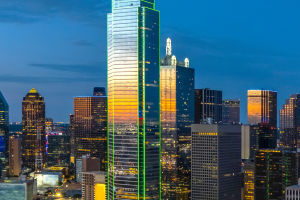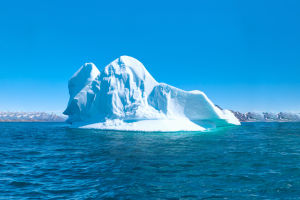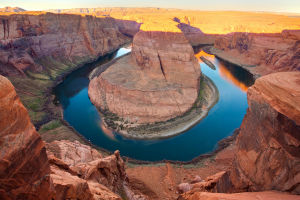The vast desert is like a masked girl to most people, mysterious and unpredictable. Facing the desert, people will not only sigh its magnificence, but also full of awe for its harsh natural environment.
Some people think that the wind is the maker of the desert. The wind blew away the sediment on the ground, leaving the earth exposed with mottled rock shells, becoming a desolate Gobi. Those blown away sand grains hide on the ground when blocked or the wind weakens, forming many connected dunes, which look like a undulating sea, which is a masterpiece of the wind.
Of course, drought is also a factor in the formation of deserts. At present, most of the deserts in the world are mainly distributed in North Africa, Southwest Asia, Central Asia and Australia. This is because the earth's rotation makes this area shrouded in the subsidence airflow of the atmospheric circulation for a long time. An arid climate was formed, and then vast deserts were formed.
Anthropogenic factors that form tropical deserts:
1. Unreasonable reclamation. Whether in desert areas or native grassland areas, once cultivated, the land will begin to desertify.
2. Overgrazing. Due to excessive livestock in some places and insufficient supply of grassland production, many high-quality grass species are consumed before they mature, exposing the sandy soil.
Here are some of the beautiful deserts in the world:
Negev Desert
The Negev Desert spans more than half of Israel's territory. Unlike those barren deserts, the Negev desert is full of green. Since thousands of years ago, it has been the residence of generations of ethnic nomads. Because of this, it can be regarded as the origin of local civilization, with a long history and a large number of historical buildings. In the continuous development, the Negev desert is more and more popular with tourists, and the local tourism products are becoming more and more mature.
Sahara Desert
The Sahara Desert in northern Africa was formed about 2.5 million years ago. The Sahara Desert has very harsh climate conditions. It is the second largest desert in the world and one of the most inhospitable places on earth for living things. The Sahara Desert attracts tourists from batch to batch with its spectacular desert scenery, vast sand sea, exquisite dunes and charming desert style.
At present, some parts of the Sahara Desert are off-limits to tourists, but there are still some interesting places to visit, especially in Morocco, Tunisia and Egypt. In these areas, visitors can experience Sahara desert tours through campfires, camel rides and 4WD adventures.
Namib Desert
The Namib Desert is one of the oldest deserts on Earth, mainly located in Namibia. The well-known Sahara, in contrast to the Namib Desert, seems like a young child. The Namib Desert was formed 80 million years ago, while the Sahara only existed for 2.5 million years. Here, what you see is not only the desert, but also the natural power that has survived from the ancient times.
On the coastline of western Namibia, such as Sandwich Bay, you can see the scene where the Namib Desert meets the Atlantic Ocean. The desert and the ocean are perfectly integrated here, and you will definitely be shocked when you arrive at the scene.


